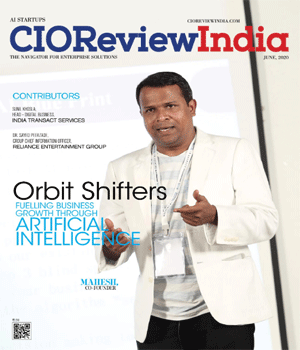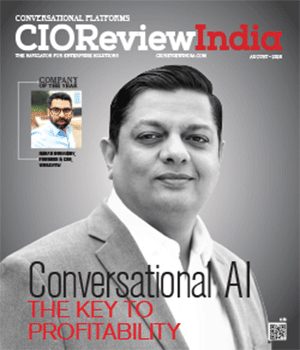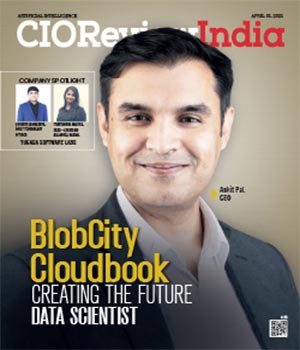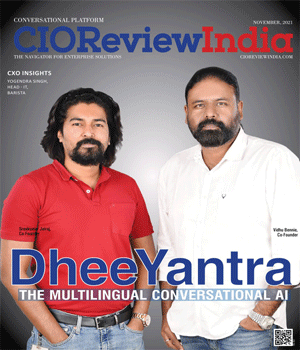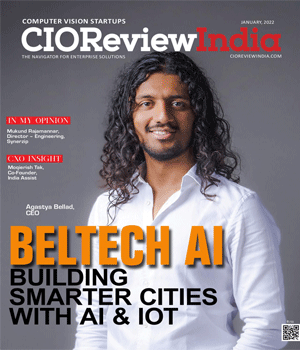
Cognitive Fashion Design Using AI And Automation
Piyush Kumar Chowhan, SVP & CIO, Arvind Fashion Limited
 Fashion Industry is one of the top contributors to Global GDP and amongst the highest employment generator. Fashion industry contributes approximately 2% to global GDP and has been growing at a decent pace in the past decades but it has seen quite a bit of disruption in the past couple of years. There has been fast changes in customer preferences with the advent of e-commerce and digital offerings, which poses significant challenge to traditional fashion retailers which sell via brick and mortar stores. The long fashion design cycles for tradition fashion houses tend to be one of the biggest bottlenecks towards agility in the current VUCA world. The customers have become more knowledgeable and more connected with the advent of Social Media, and has given additional powers to consumers. We try to explore how modern technologies like Artificial Intelligence and Machine Learning help the Fashion retailers stay ahead to this ever-changing customer experience.
Fashion Industry is one of the top contributors to Global GDP and amongst the highest employment generator. Fashion industry contributes approximately 2% to global GDP and has been growing at a decent pace in the past decades but it has seen quite a bit of disruption in the past couple of years. There has been fast changes in customer preferences with the advent of e-commerce and digital offerings, which poses significant challenge to traditional fashion retailers which sell via brick and mortar stores. The long fashion design cycles for tradition fashion houses tend to be one of the biggest bottlenecks towards agility in the current VUCA world. The customers have become more knowledgeable and more connected with the advent of Social Media, and has given additional powers to consumers. We try to explore how modern technologies like Artificial Intelligence and Machine Learning help the Fashion retailers stay ahead to this ever-changing customer experience.
Fashion provides human beings to define their individuality in a way and new designs provide avenues for human beings to express themselves. The design to shelf deployment lead time for Fashion Brand can be as high as 50+ weeks, which poses significant challenge in terms of hit rate, and sell through rates for new fashion mechandise. The elaborate Product Design / Sampling and Trade Show processes have kept these lead time higher but Digital Technologies can significantly help cut this lead time thus helping Brands to reduce the uncertainty in the consumer preferences. We look at the below use cases which can be adopted by Fashion enterprises for deriving efficiency thereby reducing long lead times.
“There are a lot of use cases for implementation of AI and Machine Learning models for Fashion Brands as well as retailers. This democratization of technology has opened a new set of capabilities that can transform the fashion business”
3D Designing Tools – The advancement of imaging technologies has provided digital tools for Designers to create near real designs that give the same look and feel as real samples. These 3D design tools can open up immense possibilities to interact with the manufacturers and consumers during the design processes. The digital designs can be shared with consumers as well as trade partners early thus reducing the design lead times by as much as 50%. This will also help in getting early indication of demand which otherwise would have been delayed and far less accurate.
Image recognition Technologies with AI – The ability to interpret images using AI Models has provided immense power for Brands to get Garment Attributes automatically from Product images. This helps in cutting the manual activities of Product Data management processes, thereby helping catalog creating and listing on Digital assets faster. This allows listing of products in online marketplace faster and with better attribute data.
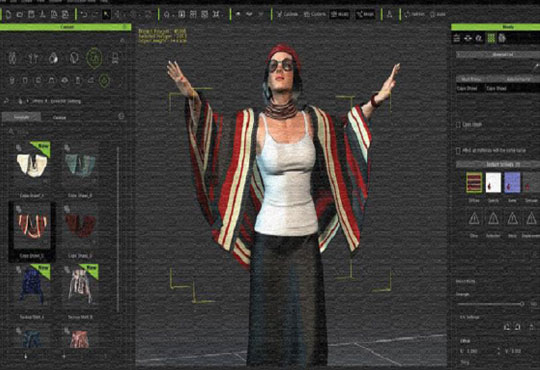
Visual Fashion Analytics – Fashion Brands have always tried to marry Product images with Sales and Transaction data but in the past it proved to be very difficult. The advancement in Big Data Analytics Technologies can process large amounts of image data with traditional Enterprise Solutions data in real time. This has opened new ways of business KPI management in conjunction with Product attributes. This new form of Visual Analytics can help in bringing the Product design teams and Retail operations team to see the business KPI visually thus making better decisions.
Conversational Commerce – AI platforms like Chatbots and conversation assistants (Alexa / Google Home etc.) are providing new avenues for Brands to interact with customers directly and gather lot of insights about product preferences, which is then provided back to design teams. This will help in getting early signals about fashion trends and thereby helping in taking inventory and assortment decisions faster.
Increasing Sell-thru using Product design – One of the important metrics that is used for fashion brands is Product Sell-thru. The ability to marry product design attributes with sales information provides significantly powerful insights that can be used for future designs. The ability to decipher success and failure of a particular fashion option using design attributes bring higher degree of product success.
AI Assisted Manufacturing – Fashion Manufacturing still requires manual processes because of non-standardized design. With advent of AI assisted manufacturing higher efficiency can be achieved which can help in reduction of lead-time. This AI assisted manufacturing can also take inputs directly from 3D digital design software that will help in accurate details provided for manufacturing. The use of Computer vision can also help in getting quality assurance for garments faster thereby trapping defects more accurately.
Agile Supply Chain using ML technologies – Supply chain needs to be agile and can react fast to the changes in this VUCA world. Fashion brands typically manage a global supply chains that have longer lead times. In this uncertain demand environment, brands need faster movement of goods that can be aided using ML models and IOT technologies like RFID to reduce friction along the supply chain.
Thus, we see that there are lot of use cases for implementation of AI and Machine Learning models for Fashion Brands as well as retailers. This democratization of technology has opened a new set of capabilities that can transform the fashion business. While there are a plethora of technologies available, organizations need to be cautious not to go over-board in implementation of them. It requires careful assessment of the relevant use cases and its application for the organization workforce capability to get the benefits across of these modern platforms.
CIO Viewpoint
Why Foolproof Facial Recognition Is Key Against...
By Joseph Sudheer Thumma, Global CEO & MD, Magellanic Cloud
National Technology Day 2025: Powering Progress...
By CIOTech Outlook Team
Aligning IT Roadmap with Business Objectives: A...
By Subhash singh Punjabi, CISO & Head Enterprise Architecture, Deepak Fertilisers & Petrochemicals Corporation Ltd
CXO Insights
Data Management Strategies for AI-Driven...
By Dr. Parul Naib, Head - Data Science and AI, Reserve Bank Innovation Hub
Revolutionizing Financial Services with...
By Srikanth Appana, Chief Technology Officer, Bajaj Auto Credit Ltd
How to Lead Large-Scale Digital Engineering...




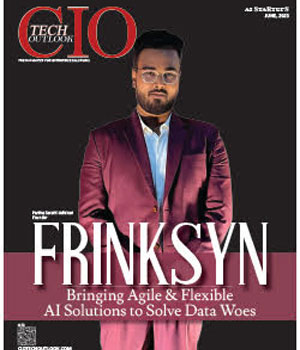
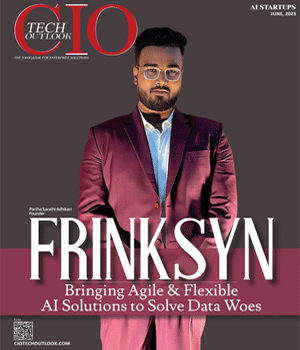
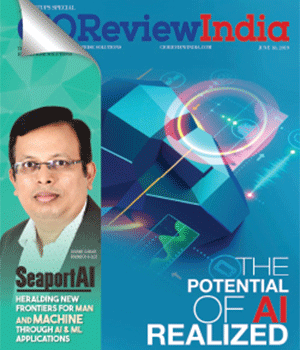
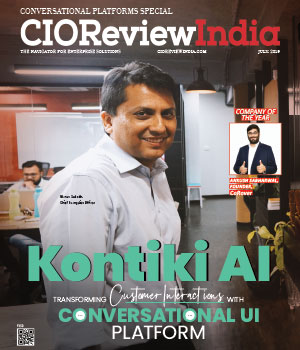
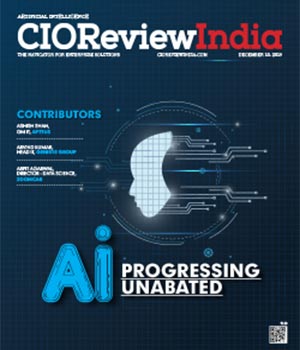
.jpg)
.jpg)
.jpg)
